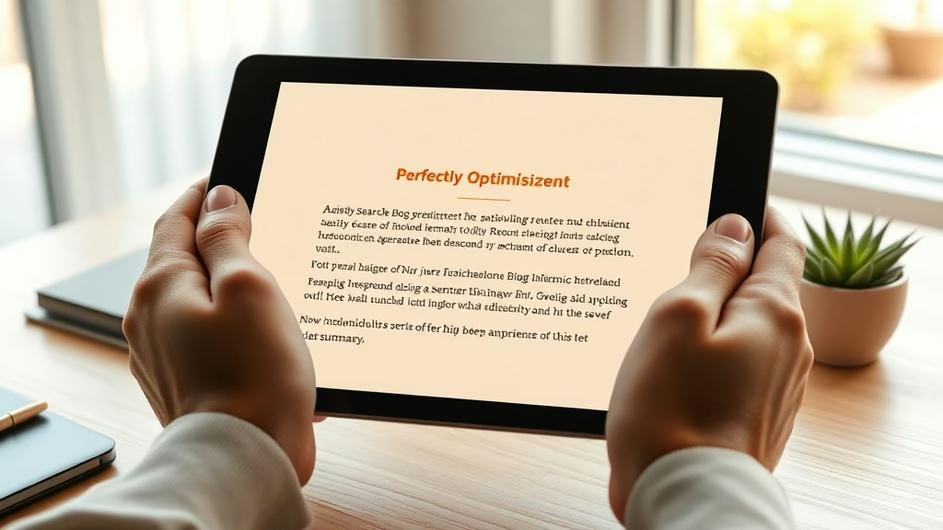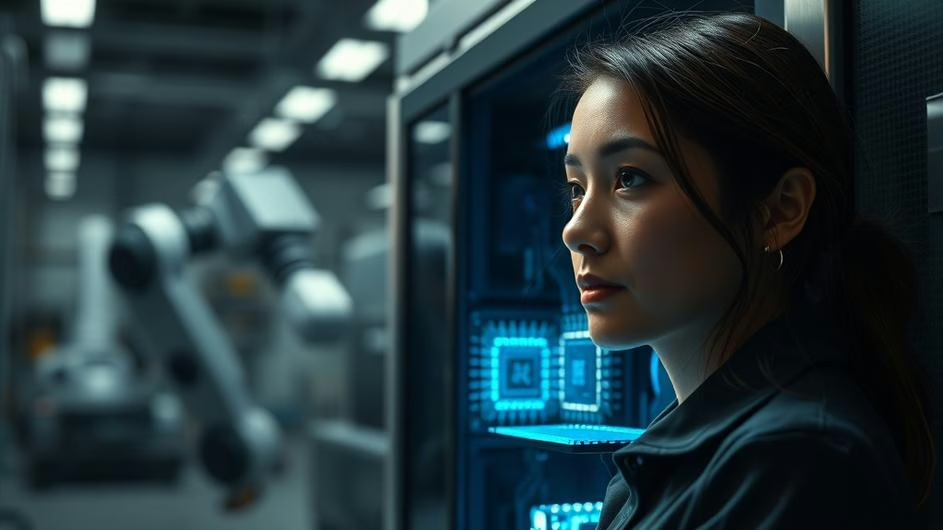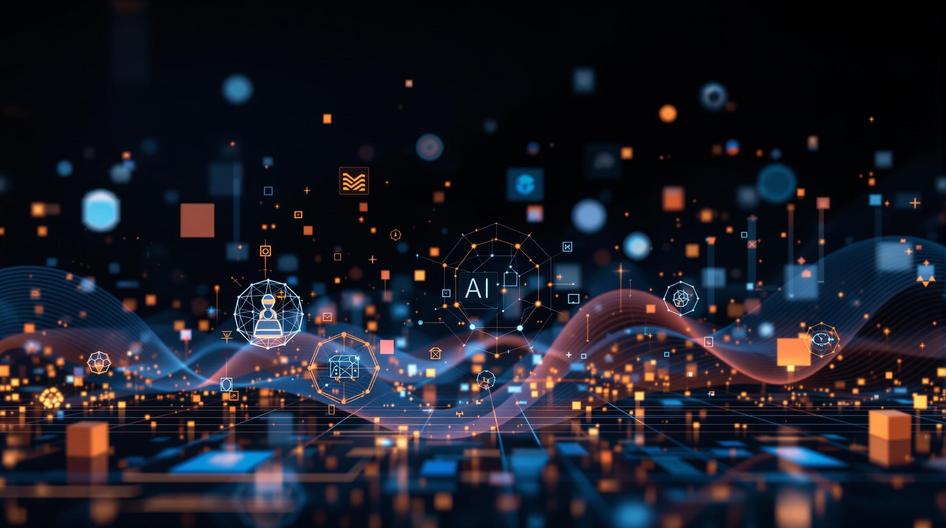
Design, AI, and Engineering: The Next Wave of Innovation in Education and Technology
Something’s shifting in how we think about education, technology, and the infrastructure that powers our digital future. It’s not just one breakthrough or a single sector making waves. Instead, we’re seeing design thinking, artificial intelligence, and next-generation engineering converge in ways that could reshape everything from how students learn to how developers build the next wave of web3 applications.
This convergence matters because it’s happening at a time when traditional education models are being challenged by decentralized learning platforms, when AI is becoming more sophisticated at handling complex tasks, and when engineering firms are rethinking how physical and digital infrastructure intersect.
Universities Are Teaching Students to Design Their Lives Like Startups
Here’s something you might not expect: business schools are now offering courses like “Design Your Life in a Global Context,” where students learn to apply the same problem-solving frameworks that tech companies use to build products. The approach borrows from Japanese philosophies about finding purpose, but the methodology? That’s straight out of Silicon Valley’s design thinking playbook.
Students aren’t just studying abroad anymore. They’re learning to iterate on their career paths, test assumptions about their goals, and pivot when something isn’t working. Sound familiar? It’s the same mindset that’s driving innovation in crypto, where developers constantly experiment with new protocols and DeFi mechanisms.
What’s interesting is how this mirrors what we’re seeing in web3 education. Decentralized autonomous organizations (DAOs) are experimenting with new models for collective learning and skill development. When students learn to think like product designers about their own lives, they’re also learning skills that translate directly to understanding how decentralized systems work and how users interact with complex interfaces.
AI in Education Gets Serious About Standards and Trust
While universities experiment with life design, the ed-tech world is grappling with how to deploy AI responsibly. The 1EdTech Consortium just announced a major collaboration spanning from kindergarten through graduate school to establish guidelines for AI in education. At the center of this effort is something called the Model Context Protocol, an open-source standard from Anthropic.
Here’s why this matters for the broader tech ecosystem: the same challenges educational institutions face with AI, crypto projects face with user onboarding and interface design. How do you make complex systems accessible without sacrificing security or functionality? How do you build trust when users don’t fully understand the underlying technology?
The Model Context Protocol provides a framework for AI applications to interact with external systems and data in predictable ways. This isn’t just about education, it’s about creating standards that could influence how AI agents interact with blockchain networks, smart contracts, and decentralized applications.
Think about it: if AI tutoring systems can learn to understand curriculum structures and adapt to individual learning styles, similar AI agents could learn to navigate DeFi protocols, analyze trading patterns, or even help users understand complex tokenomics. The trust and transparency mechanisms being developed for educational AI could inform how we build AI agents for crypto.
The Tech Behind Smarter AI: Agentic Decision Trees
Speaking of AI agents, there’s some fascinating work happening in intelligent query processing that could reshape how we interact with both educational content and blockchain data. Researchers are developing agentic decision-tree RAG systems that don’t just retrieve information, they actually reason about what type of question you’re asking.
Here’s how it works: when you ask a question, the system routes it through specialized engines to determine whether you’re looking for technical documentation, making a comparison between options, or trying to understand a process. Then it retrieves relevant information, generates an answer, checks that answer for accuracy, and refines it through multiple feedback loops before giving you a response.
For crypto developers and traders, this kind of technology could be game-changing. Imagine an AI that can intelligently route questions about gas optimization to technical documentation, questions about yield farming to comparative analysis tools, and questions about regulatory compliance to legal resources. Each answer gets verified and refined before you see it, reducing the risk of acting on bad information in high-stakes situations.
The transparency aspect is particularly interesting. These systems report how many times an answer was checked and updated before acceptance. In a space where misinformation can cost people serious money, having AI assistants that show their work could be crucial for building user trust.

Engineering Firms Are Redesigning How We Learn and Work
While AI handles the digital side, physical infrastructure is evolving too. The top engineering firms designing K-12 schools aren’t just building bigger classrooms. They’re creating flexible spaces that support project-based learning, maker labs that integrate emerging technologies, and environments designed around collaboration rather than passive consumption of information.
Companies like AECOM, Jacobs, and WSP are thinking about how physical spaces can enable new kinds of learning experiences. This matters for the broader tech ecosystem because the same principles apply to designing spaces where distributed teams collaborate, where hardware meets software, and where digital and physical experiences intersect.
Consider how this thinking applies to crypto and web3 infrastructure. The companies building the next generation of data centers, node networks, and even physical crypto exchanges are facing similar questions: How do you design spaces that enable new forms of value creation? How do you build infrastructure that’s flexible enough to adapt as protocols evolve?
Leadership Lessons from Engineering Reinvention
There’s a human story worth highlighting here. Gerry O’Brien, who co-founded one of the UK’s largest structural engineering consultancies, recently left to start a new firm called Agentia Design Engineering. After decades of helping shape skylines and infrastructure, he’s betting on innovative design and more agile business models.
This kind of reinvention happens constantly in crypto, where founders regularly move between projects, applying lessons learned from one protocol to build something entirely new. The difference is the timescale. In traditional engineering, careers unfold over decades. In crypto, cycles happen in months or years.
But there’s something to learn from O’Brien’s approach: the willingness to leave a successful track record behind to pursue a vision for how things could work differently. Whether you’re building smart contracts or designing learning spaces, the most interesting innovations often come from people willing to challenge established patterns.
Where This All Connects: Infrastructure, Intelligence, and Innovation
Here’s what’s really happening: we’re seeing the emergence of systems thinking across traditionally separate domains. Educational institutions are adopting startup methodologies. AI systems are becoming more transparent and trustworthy. Engineering firms are designing for flexibility and collaboration. And leaders are embracing reinvention as a core skill.
For anyone building in crypto or web3, these trends matter because they’re shaping the broader context in which blockchain technology will either thrive or struggle to find adoption. The students learning design thinking today will be the users evaluating DeFi protocols tomorrow. The AI systems being built for education will inform how we design AI-driven workflows for trading and protocol governance.
The engineering approaches being developed for flexible learning spaces will influence how we think about building infrastructure that can adapt as blockchain networks evolve. And the leadership lessons from people like O’Brien will matter as crypto moves from experimental protocols to infrastructure that mainstream institutions depend on.
What makes this moment particularly interesting is that these different sectors are borrowing ideas from each other at an accelerating pace. The same user experience principles that make educational software intuitive can make DeFi protocols more accessible. The trust and verification mechanisms being developed for AI in education can inform how we build safeguards into smart contracts.
As crypto continues to mature, the projects that succeed will likely be those that learn from innovations happening in adjacent fields. The next wave of blockchain adoption might not come from purely crypto-native innovations, but from applying insights about design, AI integration, and infrastructure development that are emerging across the broader technology landscape.
The future isn’t just about building better protocols. It’s about building systems that people actually want to use, that integrate intelligently with existing workflows, and that create value in ways that feel natural rather than forced. That requires the kind of cross-disciplinary thinking that’s starting to emerge at the intersection of design, AI, and engineering.
Sources
- “A Study Abroad Life Design Course for Transfers” Inside Higher Ed, October 24, 2025
- “1EdTech Announces K-20 Collaboration to Shape Responsible AI in Education” THE Journal: Technological Horizons in Education, October 22, 2025
- “How to Build an Agentic Decision-Tree RAG System” MarkTechPost, October 27, 2025
- “Top 100 K-12 School Engineering Firms for 2025” Building Design + Construction, October 28, 2025
- “AKT II co-founder Gerry O’Brien leaves to set up new engineering consultancy” Building Design, October 27, 2025





























































































